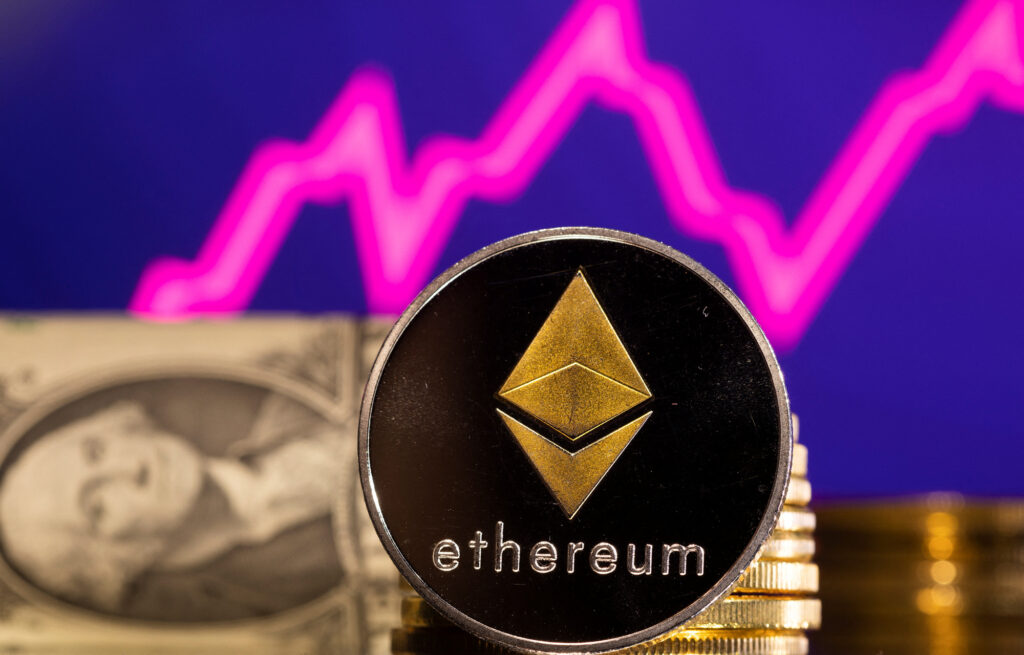SANTA CLARA, California, May 31st, 2024, Chainwire
CARV, the largest modular data layer for gaming and AI, announced today a strategic investment from Animoca Brands, the company advancing digital property rights for gaming and the open metaverse. In addition, Animoca Brands will become an operator of CARV’s Tier 6 verifier nodes in support of CARV’s decentralization of its data layer. The partnership will facilitate deeper integration and long-term synergies as they expand their respective gaming and open metaverse ecosystems.
Founded as a gaming credential platform, CARV has evolved into a modular data layer protocol with strong traction from over 2.7 million users, 790 integrated games, and partnerships across major chains like Linea, BNB Chain, zkSync, and Ronin. The company has come good on its gaming credential roots by initiating ERC-7231, the standard approved by the Ethereum Community that binds multiple Web2 and Web3 identities to a single NFT, and partnering with the likes of Google Cloud and Netmarble’s web3 arm, MARBLEX.
To support rapid scaling and growth, CARV is introducing community-operated verifier nodes that scrutinize outcomes at each protocol layer. These nodes are crucial for maintaining decentralization, security, and equitable value redistribution as the network expands. CARV aims to accelerate user onboarding and adoption to grow the pie for all stakeholders in its user-owned data ecosystem through partnering with Animoca Brands as a strategic node operator, relying on their experience and expertise in operating various blockchain infrastructures. Node holders will have the option for one-click delegating to Animoca Brands for node operations, ensuring network uptime and robustness.
The rewards from node operations will initially be in the form of $veCARV, the staked version of CARV tokens. This also allows Animoca Brands and its portfolio of more than 400 gaming and metaverse companies to participate in CARV’s Infinite Play, a token-lock voting bribery system (CURVE & CONVEX model for gaming) for governance voting.
Yat Siu, co-founder and executive chairman of Animoca Brands, commented: “CARV’s mission to advance data self-sovereignty and the interoperability of personal assets in both Web2 and Web3 fits perfectly with the work we do at Animoca Brands. This strategic partnership with CARV will amplify our efforts to pioneer a more equitable framework via new asset classes, economies, and digital property rights.”
“This is a multi-faceted alliance between two leaders in their respective domains,” said Victor Yu, co-founder of CARV. “Through Animoca Brands’ strategic investment, its support as a node operator, and collaboration across our gaming ecosystems, we are taking a comprehensive approach over many years to come. By leveraging our modular data layer with Animoca Brands’ far-reaching ecosystem, we aim to unlock new frontiers in user-owned data economies.”
For more about CARV’s highly anticipated node sale, set to begin on June 3, 2024 for whitelisted participants and June 5, 2024 for the public, users can visit https://node.carv.io.
About CARV
CARV is the largest modular data layer for gaming, AI, and ∞, pioneering a future where data generates value for all. As the sole author of ERC7231, CARV has built CARV Protocol, the modular data layer which has integrated with 40+ blockchains, Google Cloud, and other identity, storage, infra and AI providers. CARV’s flagship gaming superapp, CARV Play, is integrated with more than 790 web2 & 3 games and serving 2.7M+ gamers. CARV is backed by top-tier funds and ecosystems such as Temasek’s Vertex Ventures, ConsenSys (developer of Metamask), Tribe Capital, IOSG Ventures, Animoca Brands, HashKey Capital, Infinity Ventures Crypto, MARBELX, and more. For more information, users can visit carv.io.
About Animoca Brands
Animoca Brands (ACN: 122 921 813), a Deloitte Tech Fast winner, a Fortune Crypto 40 company, and one of the Financial Times’ High Growth Companies Asia-Pacific 2023, is a Web3 leader that leverages blockchain to deliver digital property rights to consumers around the world to help to establish the open metaverse. The company develops and publishes a broad portfolio of products including original games such as The Sandbox, PHANTOM GALAXIES™, Life Beyond, and Crazy Defense Heroes, and products utilizing popular intellectual properties from the worlds of sports and entertainment, such as The Walking Dead, Power Rangers, MotoGP™, and Formula E. It has multiple subsidiaries, including The Sandbox, Blowfish Studios, Quidd, GAMEE, nWay, Pixowl, Forj, Lympo, Animoca Brands Japan, Grease Monkey Games, Eden Games, Darewise Entertainment, Notre Game, TinyTap, SPORTPASS, PIXELYNX, WePlay Media, Gryfyn, and Azarus. Animoca Brands is one of the most active investors in Web3, with a portfolio of over 400 Web3 investments, both directly and through Animoca Ventures, including Yuga Labs, Axie Infinity, Polygon, Consensys, Magic Eden, Fireblocks, OpenSea, Dapper Labs, Yield Guild Games, and many more. For more information users can visit www.animocabrands.com or follow on X (Twitter), YouTube, Instagram, LinkedIn, Facebook, and TikTok.
Contact
Co-Founder & COO
Victor Yu
CARV
media@carv.io








